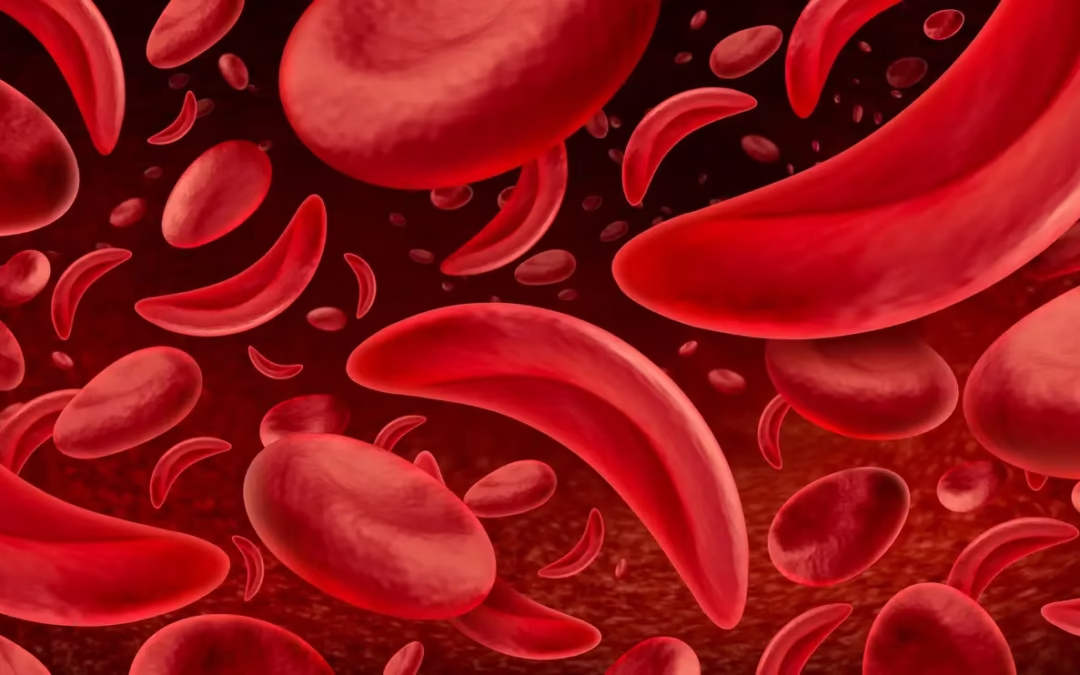Content discussed in this post
Why October 19 matters
What breast cancer is
Signs and symptoms that require attention
Risk and protective factors
Screening and diagnosis
Treatment at a glance
Prevention and self-care
Myths and facts
Emotional support and quality of life
Quick FAQ
Important notice (health disclaimer)
References and recommended reading
Why October 19 matters
World Day Against Breast Cancer is a call to action. The date reinforces three core messages: quality information, appropriate screening, and ongoing care to reduce late diagnoses. The earlier the disease is identified, the greater the chance of cure—and the less invasive treatments tend to be.
What breast cancer is
It’s an uncontrolled growth of breast cells, usually arising in the ducts or lobules. There are biological subtypes with distinct behaviors, such as hormone-receptor positive, HER2-positive, and triple-negative. The subtype guides treatment and prognosis.
Signs and symptoms that require attention
Not every lump is cancer, but some signs warrant medical evaluation. Seek care if you notice:
A hard lump with irregular borders, usually painless
Skin changes on the breast, such as dimpling, thickening, or an “orange-peel” (peau d’orange) appearance
Nipple changes, including new inversion or sores that don’t heal
Spontaneous nipple discharge, especially if bloody
Enlarged lymph nodes in the armpit (axilla) or above the collarbone
New asymmetry between the breasts
Important note: being familiar with your own breasts helps you notice changes, but it does not replace screening mammography when indicated.
Risk and protective factors
Risk is influenced by age, genetics, hormones, and lifestyle. There isn’t always a single cause.
Increase risk
Older age
Personal or family history of breast or ovarian cancer
Genetic mutations in BRCA1, BRCA2, and other predisposition genes
Lifetime hormonal exposure (early menarche, late menopause, prolonged combined hormone therapy)
Obesity, alcohol consumption, physical inactivity
Protect or reduce risk
Regular physical activity
Healthy weight and balanced diet
Breastfeeding when possible
Individualized discussion about hormone use and duration
Screening and diagnosis
Screening aims to find small tumors before they cause symptoms, when treatment is simpler and more effective.
Mammography is the backbone of screening in many guidelines.
Ultrasound can complement screening for dense breasts or specific findings.
MRI is used for defined high-risk situations, such as known genetic mutations.
Biopsy confirms the diagnosis and allows tumor subtyping.
Starting ages and intervals vary by public policies and medical societies. In general terms, many guidelines consider screening beginning at age 40 or 50, at annual or biennial intervals. High-risk individuals may need to start earlier and add tests. Discuss with your healthcare team to tailor recommendations to your profile.
Treatment at a glance
Treatment combines one or more approaches, according to stage and tumor subtype.
Surgery: breast-conserving surgery when feasible, or mastectomy when indicated
Radiotherapy: reduces local recurrence risk after breast-conserving surgery and in selected scenarios after mastectomy
Chemotherapy: indicated for specific subtypes and stages
Endocrine therapy (hormone therapy): for hormone-receptor–positive tumors
Targeted therapies: e.g., anti-HER2 agents for HER2-positive tumors
Immunotherapy: in subgroups, depending on biomarkers
Decisions are personalized. Multidisciplinary teams weigh risks, benefits, and patient preferences.
Prevention and self-care
Small daily choices add up to protection over time.
Move your body regularly
Eat a diet rich in vegetables, fruits, legumes, and whole grains
Moderate alcohol and stop smoking
Prioritize sleep and stress management
Keep routine health visits up to date, including screening and gynecologic care
Myths and facts
“Underwire bras cause cancer.”
Myth. There’s no scientific evidence of such a link.
“Only people with a family history develop breast cancer.”
Myth. Most cases occur in people without a family history.
“If it doesn’t hurt, it isn’t cancer.”
Myth. Pain is not a reliable criterion. Silent changes exist and justify screening.
“Self-awareness is enough.”
Myth. Knowing your own body helps, but it does not replace mammography when indicated.
Emotional support and quality of life
A diagnosis stirs emotions. Beyond oncology care, psycho-oncology, nutrition, physical therapy, speech-language pathology, and occupational therapy help address treatment effects, manage lymphedema, and maintain independence. Patient groups and support networks help share experiences and reclaim everyday life.
Quick FAQ
Should I get a mammogram even without symptoms?
Yes—if you’re within the recommended age range and interval for your profile.
Do breast implants increase risk?
Overall risk doesn’t generally increase. Implants may require specific imaging techniques, and evaluation should be individualized.
Can men get breast cancer?
Yes, although it’s rare. Any lump or change should be investigated.
Do pregnancy and breastfeeding protect?
Breastfeeding appears to reduce lifetime risk. The relationship with pregnancy is complex and depends on age and reproductive context.
Important notice (health disclaimer)
This content is educational and does not replace medical consultation. For individualized screening, diagnosis, and treatment, seek evaluation with healthcare professionals.
References and recommended reading
World Health Organization (WHO). Breast cancer: key facts and control guidance.
IARC/WHO. Cancer screening in the European Union and evidence for mammography.
American Cancer Society (ACS). Breast cancer early detection and diagnosis.
U.S. Preventive Services Task Force (USPSTF). Breast cancer screening recommendations.
NCCN Guidelines. Breast Cancer; Breast Cancer Screening and Diagnosis.
European Society for Medical Oncology (ESMO). Clinical practice guidelines for breast cancer.
Brazilian Society of Mastology / Brazilian College of Radiology. National screening recommendations.



